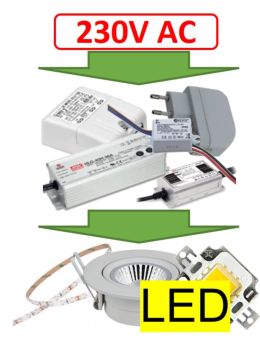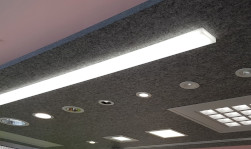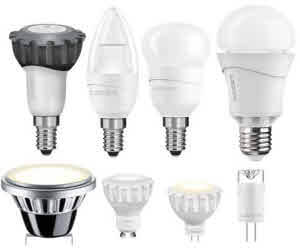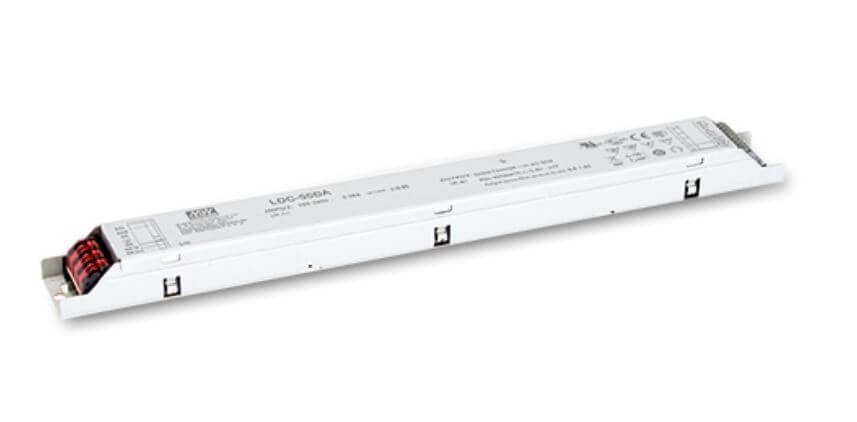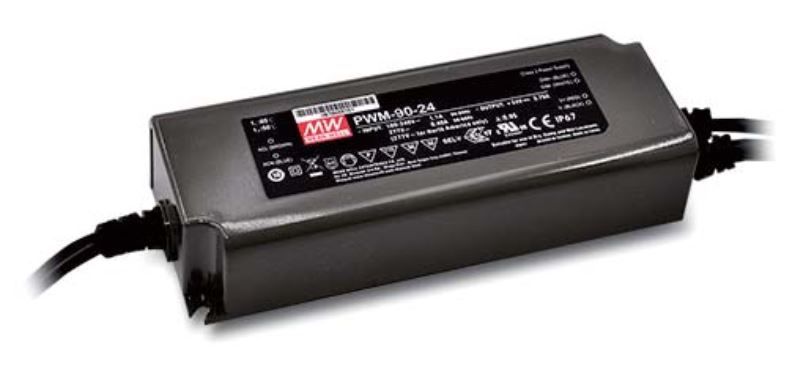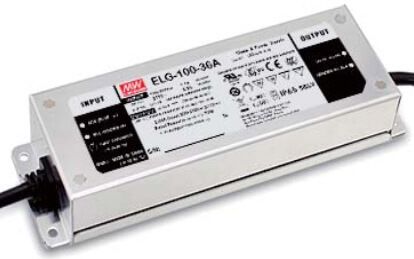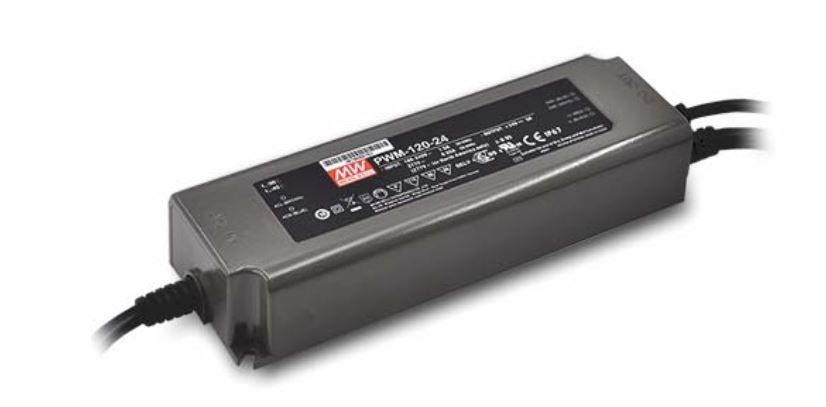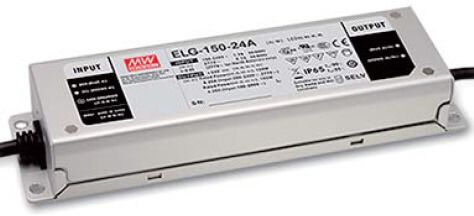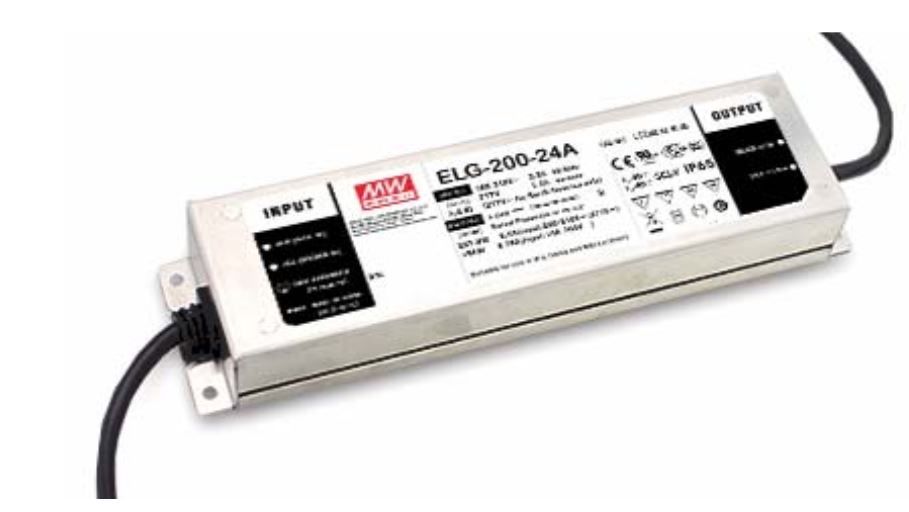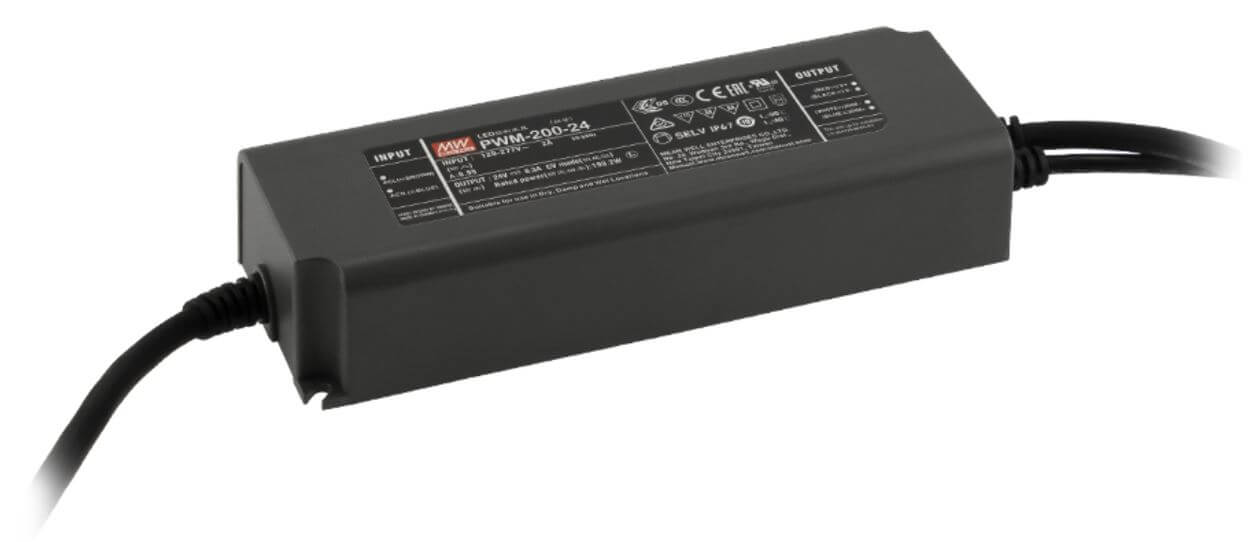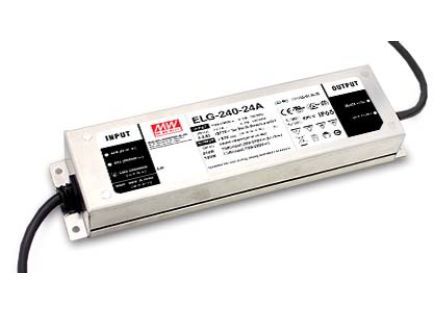LED luminaires with DALI power supply
Why is DALI experiencing increased demand again with the introduction of LED technology? Quite simple. If you want to dim LED luminaires, you need an electronic ballast (ECG). In addition to 1-10V, push-button dimming, DALI ECGs have become more and more popular.
History:
Conventional luminaires were previously equipped with light sources, such as incandescent bulbs, halogen lamp or energy-saving lamps or tubes. Even if the latter were no longer quite so suitable for dimming, commercially available wall dimmers with phase control or section control via triac or MOSFET could be used.
These were developed in the age of the incandescent lamp / halogen lamp and were excellent for regulating the brightness.
Why do LED luminaires need an LED ECG?
Controlled operation of LEDs is only possible with constant current due to the characteristic curve. Accordingly, control gear (so-called constant current - or LED drivers) are used. Electronic ballasts for LEDs are available in different versions, especially when it comes to dimming.
It is imperative to pay attention to whether the LED ECG must also be designed for dimming via phase control (known wall dimmers).
If you try it anyway, the following behavior may occur depending on the dimmer.
- LED luminaire works over a wide control range with 100% brightness and then suddenly switches off, possibly with short flickering.
- The light starts flickering immediately as soon as the controller is operated.
- LED driver or dimmer can be destroyed.
Solution: Use control gear with DALI control input. Dimming then takes place directly in the integrated DALI power supply.
But there are LED luminaires which are dimmable as usual. . . ?
Correct. This is easily done e.g. with a phase dimmable power supply. These power supplies are mostly only marked with the hint "dimmable" and so they are developed for the operation with these conventional wall dimmers. In particular, the TCI Jolly MD dimmable is mentioned here, which can be dimmed depending on the jumper setting both on or off phase. Alternatively, this can also be used for 1-10V or push-button operation. Only where 1-10V, or DALI etc. stands on it, are also usable for it.
Both phase dimming or 1-10V dimming only allow a dimming range of 100% to 20% or approx. 10%.
The solution is light control via a DALI control gear.
DALI as a control bus for transmitting a variety of signals such as a "broadcast" that is sent centrally to all connected luminaires or alternatively addresses them individually.
In addition to the dimming function, the control of LED luminaires via DALI also allows the option to centrally program each individual luminaire and assign it to different groups. Such that planning circuits to individual light switches is no longer necessary. This can be individually adapted to the respective situation at any time and also subsequently.
Examples are open-plan offices or warehouses, meeting rooms where the lighting situation often has to be adapted for organizational reasons.
Transmission of DALI signals - how?
If a building is newly installed, it is recommended to plan the lighting installation including DALI bus from the beginning. This is simple. For example, instead of three-core cable, five-core cable is now laid throughout. What is connected to it and whether it is used to its full extent is irrelevant. One is completely flexible with the DALI bus.
Because of the "slow" data stream, "chaotic" cable routing is possible. This means that one does not have to pay attention to star, circuit or chain wiring. It may be wired identically to the 230V wiring in any way. Even the polarity of the DALI lines is irrelevant.
But how do I do this with DALI in existing buildings?
Who wants to knock open the walls and lay new cables in a beautiful old villa when converting to LED with DALI? Also the surface wiring is not desired.
For this, there are DALI signal solutions, which via a gateway with built-in DALI controller allows a quick and convenient installation without much additional wiring from the light switch to the LED luminaire.
1-10V control as a alternative to LED DALI or in combination
A popular method is analog control via a 1-10V potentiometer. The ballast in the luminaire receives a voltage between 1V and 10V at a special control input and uses this to regulate the brightness of the light source accordingly. This 1-10V input at the ECG is potential-free. A distinction is made between active and passive Connections.
- Passive 1-10V input --> control via external control voltage
- Active 1-10V input --> A potentiometer is sufficient to control the voltage via the internal voltage divider.
However, if only one ECG with 1-10V interface is available, so-called DALI 1-10V interfaces can be used. Thus an existing ECG is extended to a DALI ECG.
Conclusion on the use of DALI ECGs
DALI is attractive again. The demand for DALI devices, in particular the DALI USB adapter as the link between LED luminaires and computers with DALI master PC software, is increasing. If you want more than just switching light on and off, DALI is the standard solution today.

